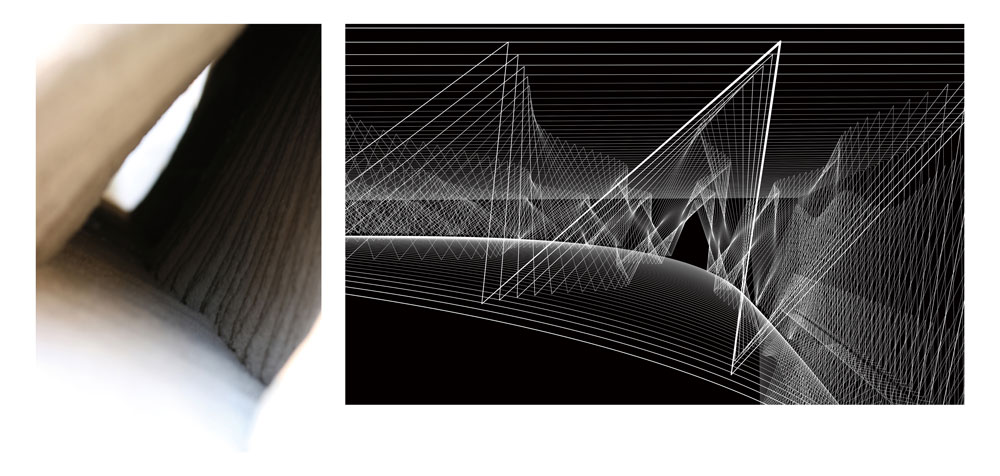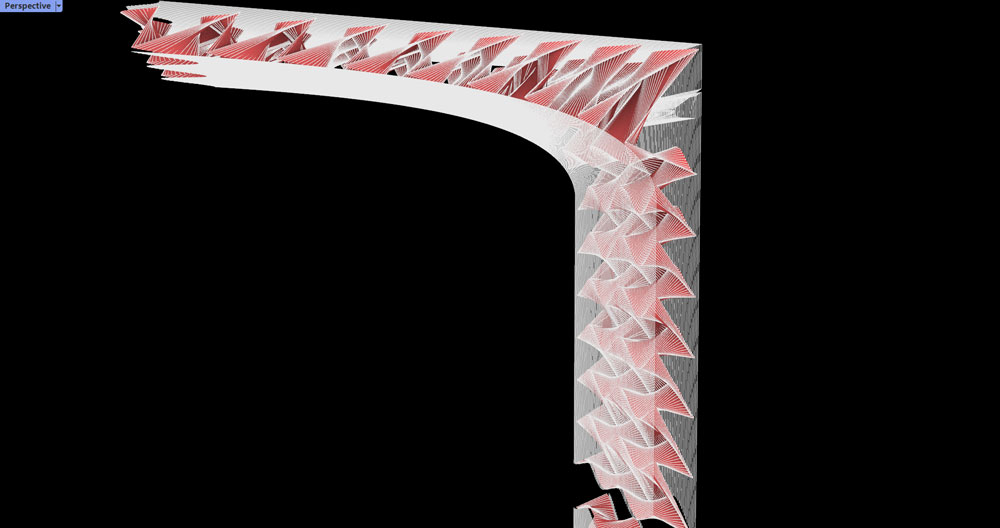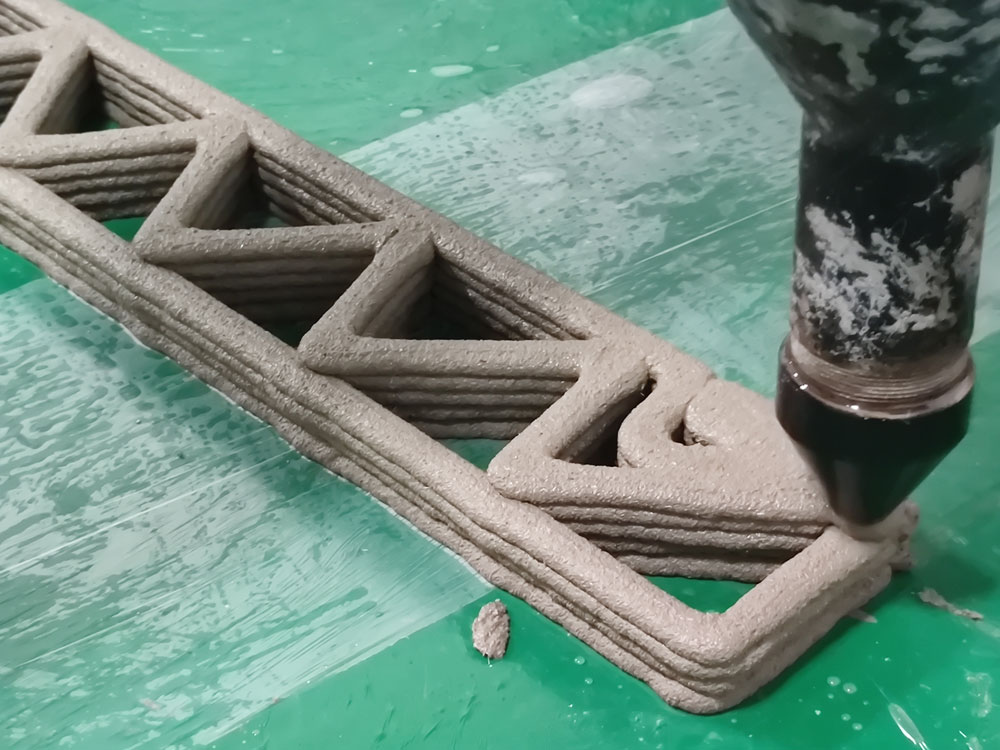Designed by CHEN Zhishen and YIN Ziheng, Dance of Sections is a collaborative research project investigating performance-based 3D printing architecture. Led by Prof. Hao Hua’s team at Southeast University (SEU) and Prof. Benjamin Dillenburger’s Chair of Digital Building Technologies (DBT) at ETH Zurich, the project merges 3D concrete printing technologies with material computation.
The Dom-Ino reinforced concrete technology has impacted the concepts and accomplishments of modernist architects during the last century. While the rising technology of 3D printing has been unlocking the established linkages between material, shape, and structure, 3D concrete printing is currently re-establishing the ties between material characteristics and spatial and structural typologies in architecture.
Learn parametric design and computational tools from the pioneers of the industry at the PAACADEMY:
The present 3D concrete printing technology, despite its enormous flexibility in a flat 2D area, does not apply to horizontal or cantilevered components. Because of its structural engineering, the horizontally printed pieces can only function as a floor or cantilever after being flipped 90 degrees.
The Dance of Sections project presented a revolutionary building construction based on 3D printed sections that can be joined into a big ‘tube’ using the post-tensioning process. As a result, the continually differentiated space made of reinforced concrete may be effectively built without the need for formwork. The shape of (the infill of) the printed sections has been adjusted for structural efficiency, allowing the overall quantity of building materials to be lowered.
Architects have been searching for the optimal shapes for specific materials and employing these forms to produce structures since Viollet-le-Duc. Compared to traditional reinforced concrete, which is dominated by the cuboid form, the benefit of 3D printed concrete comes in the optimum material distribution, which makes greater use of the compressive strength of the concrete.
This project benefits from Python and C# programming in Rhinoceros to do material simulation and topology optimization. The application also generated a toolpath (G-code) for 3D concrete printers, allowing them to manage even the most minute parts of the printing process. The 3D printing method included details such as openings and furnishings.
Many considerations must be considered while joining the various 3D printed components. First, each part must be split to meet the printing machine’s measurements. As a result, a single element may need to be separated into many components. Second, correct component matching and damage prevention during assembly are critical. Each component’s two ends include curved contacting surfaces that aid in placing and fastening during assembly. After installation, the members are unlikely to slide off or be damaged. Finally, all parts must be connected with steel cables and tightened (post-tensioned) into a finished structure.
© Photos by Zhishen Chen, Ziheng Yin


































Leave a comment